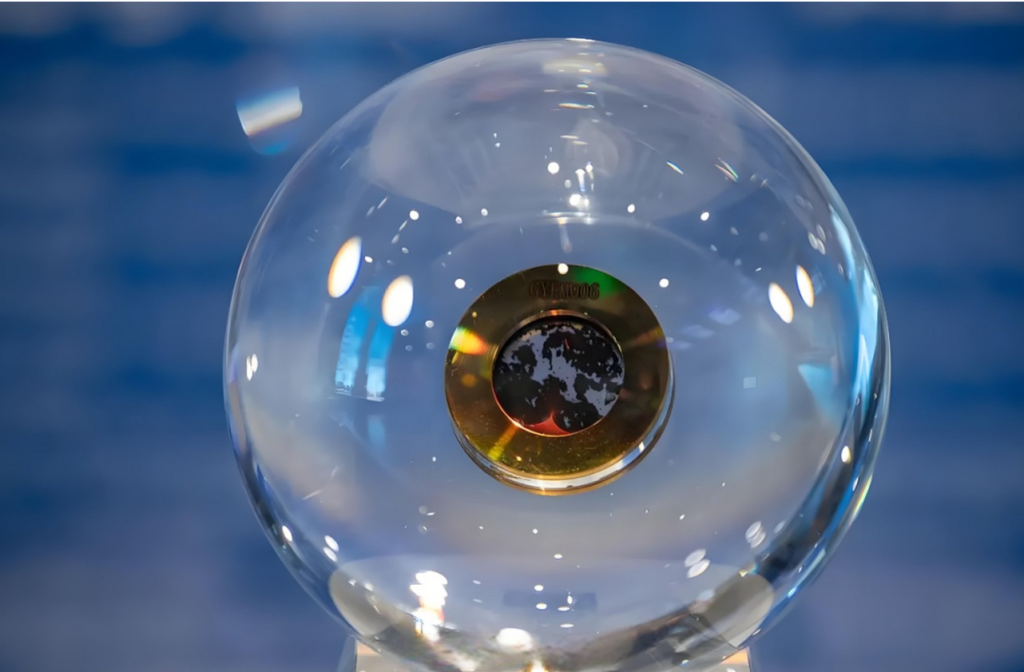How Much Is Graphene Worth?
In recent years, graphene has gained attention for its remarkable properties, finding applications across diverse industries. Known for its exceptional strength, flexibility, electrical conductivity, and lightweight nature, graphene is heralded as a revolutionary material. It is used in sectors such as electronics, energy storage, composites, and biomedicine. Despite its transformative potential, understanding the cost of graphene can be challenging due to varying production methods, quality grades, and application-specific requirements.

This article delves into the factors influencing graphene’s price, typical market ranges, and insights into its applications. Whether you’re a researcher, manufacturer, or investor, understanding these details will help you make informed decisions.
What Determines the Cost of Graphene?
The cost of graphene is highly dependent on factors such as production method, quality, and scale. Below, we explore these elements in detail:
Production Methods
- Chemical Vapor Deposition (CVD): Produces high-quality monolayer graphene suitable for electronic and photonic applications. However, CVD graphene is expensive due to its complex manufacturing process. Prices can reach hundreds of dollars per square inch.
- Liquid-Phase Exfoliation: Creates graphene nanoplatelets for industrial use. This method is more cost-effective, with prices starting from a few dollars per gram for lower-grade material.
- Flash Joule Heating: An emerging technique producing scalable graphene at reduced costs, though it remains limited to research and niche applications.
Graphene Quality
- Monolayer Graphene: Prized for its uniformity and high performance, monolayer graphene commands premium pricing.
- Graphene Oxide (GO): Typically used in bulk for composites and coatings, GO is more affordable but requires reduction to achieve properties close to pristine graphene.
- Nanoplatelets: Multi-layered forms of graphene, ideal for reinforcement materials, are priced moderately based on thickness and purity.
Scale and Demand
Prices vary depending on order size. Bulk purchases for industrial applications significantly lower the per-unit cost, while research-grade quantities are more expensive.
Typical Price Ranges for Graphene
Industrial-Grade Graphene
- Graphene Nanoplatelets: $50 to $500 per kilogram, depending on grade and purity.
- Graphene Oxide (GO): $100 to $1,000 per kilogram for high-quality grades.
Research-Grade Graphene
- Monolayer CVD Graphene: $1,000 to $10,000 per square meter, depending on substrate and uniformity.
- Reduced Graphene Oxide (rGO): $50 to $200 per gram, primarily for niche applications.
Applications Driving Demand
Electronics and Sensors
Graphene’s electrical properties make it ideal for flexible displays, semiconductors, and advanced sensors. Monolayer graphene is often preferred for these applications, justifying its higher cost.
Energy Storage
Graphene enhances the performance of batteries and supercapacitors by improving charge density and cycle stability. For these applications, graphene nanoplatelets and GO are commonly used.
Composites and Coatings
Industries such as aerospace and automotive use graphene for lightweight yet strong composites. GO and nanoplatelets are popular in these sectors due to their affordability and scalability.
Additional Costs and Considerations
When budgeting for graphene, consider these additional factors:
Shipping and Handling
Graphene often requires specialized packaging to prevent contamination or damage. Shipping costs may vary based on the form and volume of graphene ordered.
Post-Processing
Some applications demand additional processing, such as reduction of graphene oxide or integration into composite materials, adding to overall costs.
FAQs on Graphene Pricing
Q: Is graphene affordable for small businesses or researchers?
A: Entry-level graphene nanoplatelets and GO are relatively affordable and accessible, making them suitable for small-scale applications and research.
Q: Why is monolayer graphene so expensive?
A: The high cost reflects its intricate production process, requiring precision and advanced equipment to achieve uniformity and high quality.
Q: How can I reduce graphene costs for industrial use?
A: Purchasing in bulk, exploring alternative suppliers, and opting for lower-grade materials (when possible) are effective ways to minimize costs.
Final Words
Investing in graphene requires understanding its cost dynamics and application-specific requirements. Prices range widely, from affordable industrial-grade materials to high-cost research-grade graphene. Evaluating your needs and budget is key to selecting the right type and grade.
Whether you’re a startup exploring graphene composites or an established company seeking to integrate advanced graphene technologies, understanding market trends and cost factors will ensure maximum value from your investment. For detailed product information, technical support, or to place an order, feel free to contact us today.

